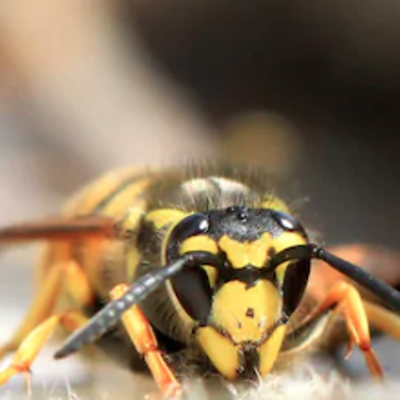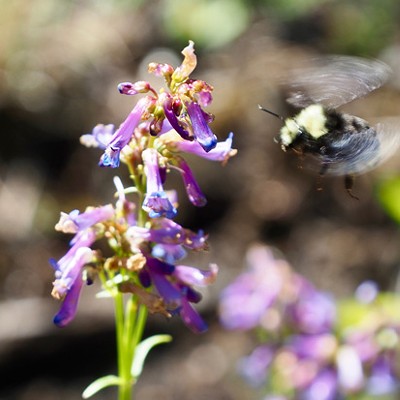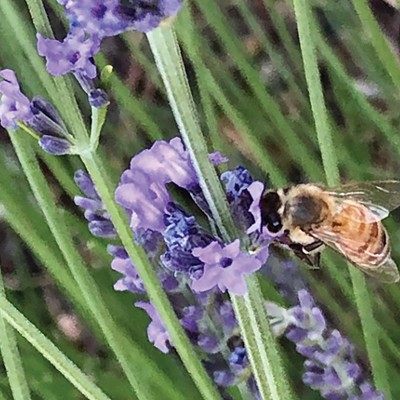
Much has been made of the troubling spike in bee deaths and resulting scarcity of the industrious little pollinators. The bee-shortage, which we wrote about two weeks ago (See: Bend's Buzzing), is a big deal because A. bees pollinate 40 percent of the food we consume, and B. that's $30 billion worth of crops. Scientists have hypothesized that both parasites and pesticides are to blame for the so-called Colony Collapse Disorder (CCD), which has, according to Quartz this most recent study, "wiped out an estimated 10 million beehives."
What was found is that its both parasites and pesticides which are causing the bee apocalypse. It turns out at least eight different pesticides are causing bees to become more susceptible to a specific type of parasite, called, Nosema ceranae.
Most disturbing, bees that ate pollen contaminated with fungicides were three times as likely to be infected by the parasite. Widely used, fungicides had been thought to be harmless for bees as they’re designed to kill fungus, not insects, on crops like apples.“There’s growing evidence that fungicides may be affecting the bees on their own and I think what it highlights is a need to reassess how we label these agricultural chemicals,” Dennis vanEngelsdorp, the study’s lead author, told Quartz.
A great case for reducing the use of pesticides or foregoing them all together.
What's additionally troubling is wildflowers have also been shown to have trace amounts of pesticides—just enough to effect the bees and make them susceptible to the deadly parasite mentioned above.
“It’s not clear whether the pesticides are drifting over to those plants but we need take a new look at agricultural spraying practices,” says vanEngelsdorp.
Have a great weekend! (And buy local honey. And support pesticide-free foods).



























